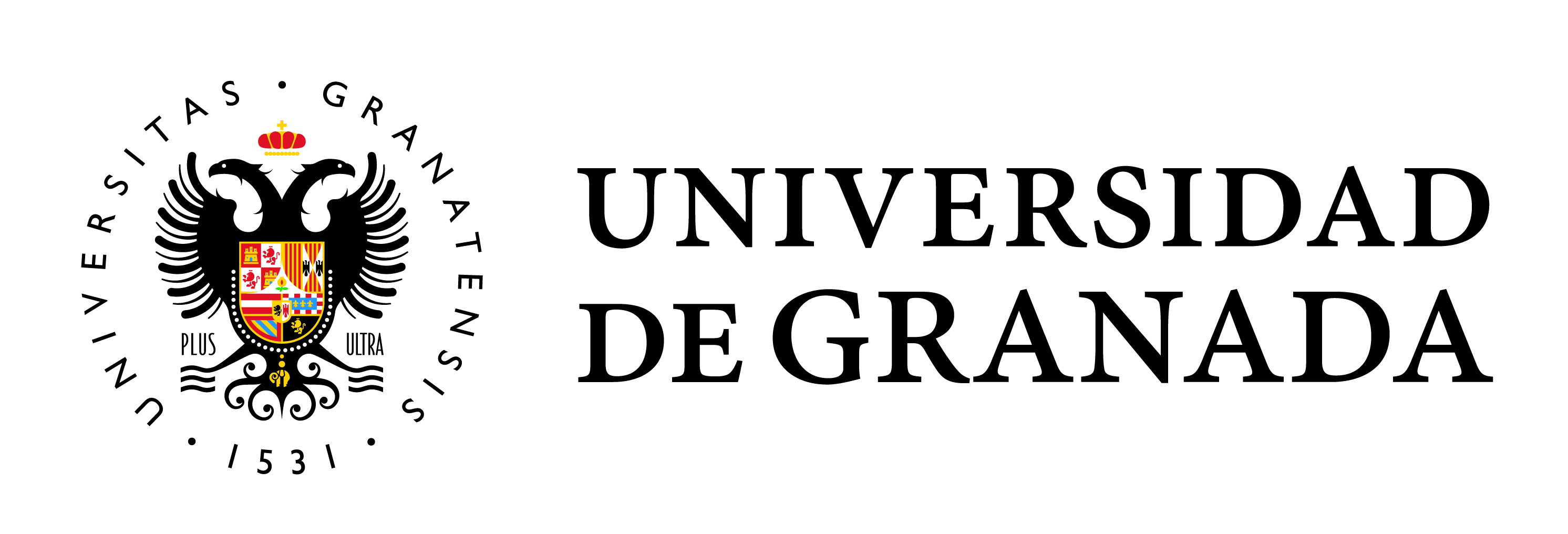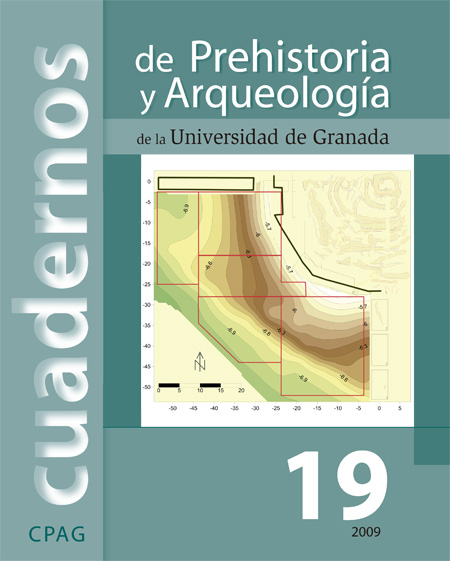MICROMORFOLOGÍA E INTERPRETACIÓN ARQUEOLÓGICA: APORTES DESDE EL ESTUDIO DE LOS RESTOS CONSTRUCTIVOS DE UN YACIMIENTO ARGÁRICO EN EL ALTO GUADALQUIVIR, PEÑALOSA (BAÑOS DE LA ENCINA, JAÉN)
Contenido principal del artículo
Vol. 19 (2009), El Documento Arqueológico, Páginas 339-360
Recibido: Jan 5, 2013
Publicado: Jan 5, 2013
Resumen
El estudio sistemático de los restos constructivos basados en tierra procedentes del yacimiento de la Edad del Bronce de Peñalosa (Baños de la Encina, Jaén), mediante técnicas de microscopía óptica, ha dado como resultado un amplio corpus de datos referentes a las técnicas y formas constructivas empleadas en una comunidad del Grupo Argárico del Alto Guadalquivir. Abordado desde la Micromorfología de Suelos, el análisis de láminas delgadas de muestras de morteros de barro nos ha permitido plantear hipótesis acerca de las relaciones de producción que giraron en torno a la construcción de un poblado argárico cuatro mil años atrás.
Palabras clave:
Materiales de construcción basados en tierra, morteros de barro, Micromorfología de Suelos, Edad del Bronce, Alto Guadalquivir, Cultura del Argar
Descargas
Detalles del artículo
Cómo citar
Rivera Groennou, J. M. (2013). MICROMORFOLOGÍA E INTERPRETACIÓN ARQUEOLÓGICA: APORTES DESDE EL ESTUDIO DE LOS RESTOS CONSTRUCTIVOS DE UN YACIMIENTO ARGÁRICO EN EL ALTO GUADALQUIVIR, PEÑALOSA (BAÑOS DE LA ENCINA, JAÉN). Cuadernos De Prehistoria Y Arqueología De La Universidad De Granada, 19, 339–360. https://doi.org/10.30827/cpag.v19i0.194



